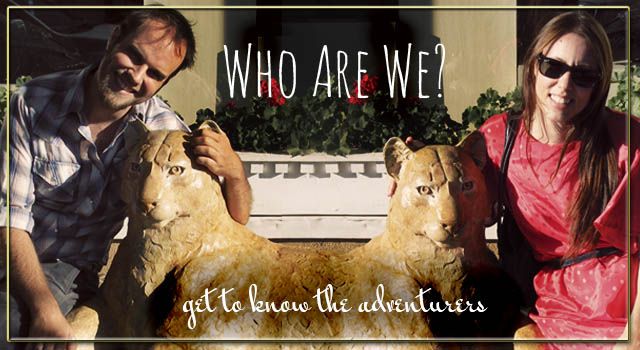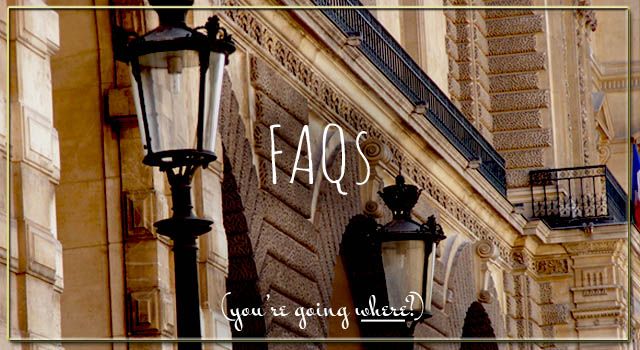Not knowing where to go after Spain, but looking for some place cheaper than Western Europe, we decided upon Morocco after a shining recommendation from Maggie's host sister Marghe. Neither of us had ever stepped foot on African soil, so we decided it was the right choice to continue our continent-hopping.
We flew into one of Morocco's major cities, Marrakech. It was pouring rain the day we arrived so we found accomidations in the Medina (city center) very quickly and stayed indoors. Luckily the next day was much nicer and we went searching for nicer accomidations as well.
Marrakesh hotels--at least the traditional ones, called riads--are very cute, with all the rooms centered around a courtyard with a open roof. The one we found also had a nice deck on the roof that you could sit and eat at - or work.
 |
| Courtyard of our riad. |
After settling ourselves in, we headed out to explore the city. Marrakech is an ancient town with habitation going back to the B.C.'s. It's called the Red City for obvious reasons and for moments you almost felt like you could be in Santa Fe with all the stucco. We were staying in the old part of the city, but we occasional made excursions into the new city to find grocery stores and other new world conveniences.
 |
| The symbol for Marrakech. |
 |
| The Atlas mountains in the distance. |
The old walled city we were staying is a hodgepodge of souks (markets), each on leading to the next. It was easy to get lost wandering the tight, twisting streets. But there was always so much to see.
 |
| One of the souks. |
 |
| I don't know why so many people sell these. I thought Aladdin was from the Middle East. |
 |
| Shoes anyone? |
 |
| Many Hand of Fatimas. |
 |
| A kitty perusing the tajines, a device they cook much of their food in. |
 |
| A Moroccan wheelbarrow. |
 |
| So many amazing doors. |
We didn't know what to expect from Moroccans, but we were instantly overwhelmed by how nice and hospitable they all were. Their vendors can be a little pushy, but overall, they are a genuinely nice group of people. One thing that went on a lot in the Medina was snake charming and monkey handlers. I understand that people got to make a living, but neither of us wanted to encourage the practice, hence the bad quality photos from afar.
 |
| Snake Charmers. |
 |
| Monkey Handlers. |
A popular dish in the Medina was snails. So we had to try it. It wasn't great, but we are glad we at least gave it a try.
In Morocco, a constant companion while eating is a begging cat.
At night the Medina really got going with restaurants, cake shops, nut vendors and a million other things going one. It was quite the spectacle.
We stayed in Merrakech for a while, so we found some nice places to go and work. One was a park just outside of the Medina that was full of cats (not much different than the rest of Morocco). It was a very peaceful place where you could find a quiet spot and work while basking in the sun... and watch the cat society play out.
 |
| How many cats can you find in this picture? |























































